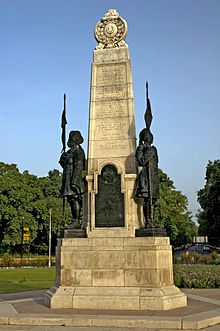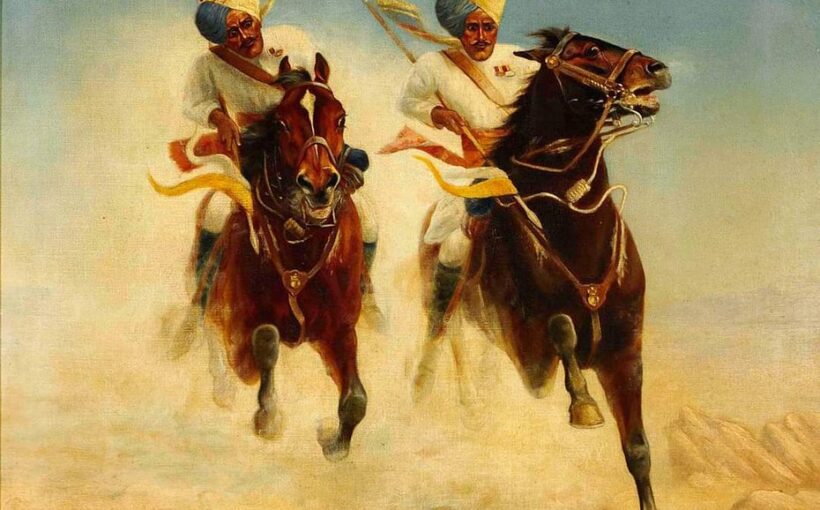Content
Background
The Great War, famously known as World War 1 (1914-1918) has several hidden stories,some inspiring sagas & some horrific tragedies . It gives the modern world a glimpse of what had happened in the war fought before tanks and machine guns were introduced and horse-cavalries were the common mode of offence.
Indians played a significant role during the Great War. While India was under the colonial government of the British at that time and had nothing to do with it yet the Great War tremendously impacted the whole country.
We had only heard about these impacts of the Great War on India but apart from all that there are stories of valor, sacrifice and individual bravery of the Indian soldiers who were employed in the British Indian Army. We will cover one such story of the forgotten contribution of the Indian soldiers who liberated the city of Haifa (located in present day Israel) from the rule of the powerful Ottoman Empire.
The battle is known as the Battle of Haifa where the Central Power of Ottoman Empire, Germany fought against the Imperial Army of British India. In this battle the superior artillery and guns of the Ottomans were thrashed by the primitive cavalry charge of the Rajputs of princely state of Jodhpur. This is regarded as the last great cavalry charge in history.
The battle is remembered in Israel and they even pay respect to Indian soldiers who laid down their lives for them. The Indians liberated the city from 400 years of Ottoman rule. This victory of the Indians laid the foundation of modern day Israel. But sadly in our country we don’t we know their names of these brave martyrs.
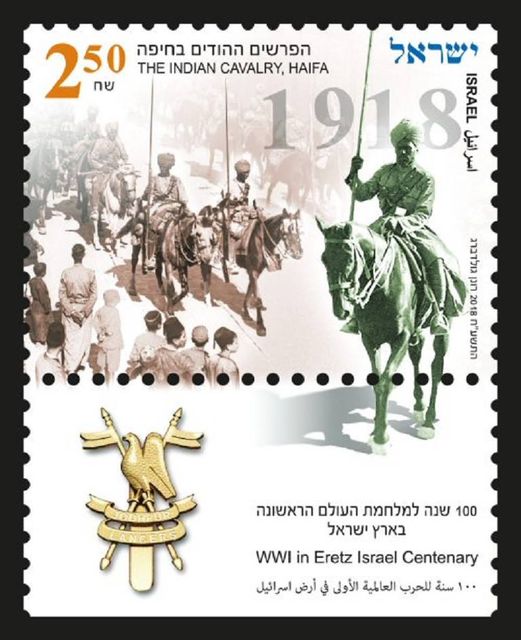
First World War
The immediate cause behind the World War 1 was the assassination of Archduke Franz Ferdinand and his wife of the Austro-Hungarian Empire by some Bosnian nationalists of Black Hand in Sarajevo on 2 June 1914.
Some of the important battles of the World War 1 were 1 battle of Marne, battle of Somme, battle of Tannenberg (in eastern front). Multiple African colonies were also at war.
Battle of Haifa
The city of Haifa was a major strategic territory for both the combatants. The Allied looked towards it as an important route for the supplies.
The battle of Haifa was fought on the year of 1918 CE (23 September) between the British Indian Army and the combined armies of the Ottomans, Austro-Hungarian Empire and the Germans (Central Powers). This battle was the part of the Sinai and Palestine campaigns of the First World War.
The Indian 15th (Imperial Service) Cavalry Brigade, 5th Cavalry Division and part of the Desert Mounted Corps smashed the rearguard of the Ottoman Empire. During the same battle the armies of princely states of Hyderabad was kept in reserve while Jodhpur and Mysore were the leading forces. The reason for keeping Hyderabad forces in reserve was because most of them being Muslims, did not feel comfortable fighting Turkish forces of the Ottoman Empire, which was leader of the Muslim world.
Indian forces from Ancient times suffered from the cavalry disadvantage. Even during the Arab and Turkish invasion, the invaders enjoyed the superiority of their central Asian horses as compared to the Indian cavalry horses. The two battles of Tarain are the best example of the superiority of the Turkish cavalry over the Indian cavalry.
Another example of the superiority of the Turks over the Indians was the introduction of the artillery. The first Mughal emperor i.e Babur used the artillery in the Indian sub-continent. At the battle of Khanwa where the Rajputs under the leadership of the great Maharana Sangram Singh fought against the Turko Mongol armies of Babur. The artillery of the Turks (Turushkas) won the battle against the furious charge of the Rajputs.
But history repeats itself and in the year of 1918 the artillery of the Turks again collided against the cavalry charge of the brave Rajputs. We can only imagine was the situation of the Indians in front of the artillery guns.
Cavalry Charge of the Jodhpur Rajputs against the Guns of Turks
The Indians were armed with only lances (type of Spear) while the Turkish were well equipped with machine guns and artillery support. One interesting fact is the Turks outnumbered the Indians in this battle. The strength of Indian were approximately 400 while the Turks were 1500 in number. Around 8 Indian soldiers lost their lives during the battle.
Major Dalpat Singh Shekhawat was the leader of the Indians during the cavalry charge.
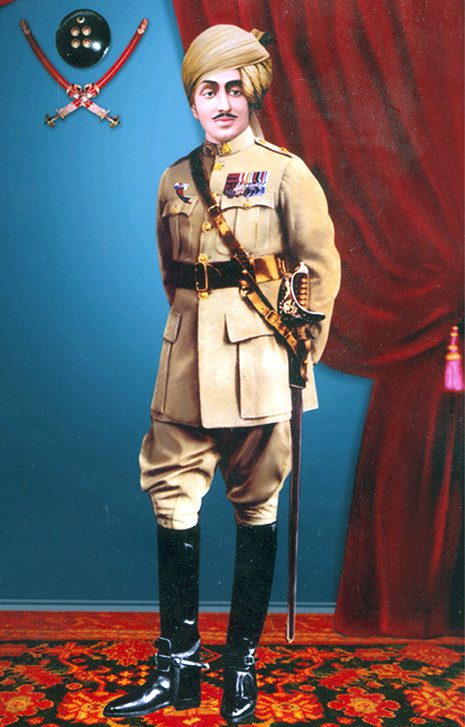
He attained martyrdom during the battle. He was awarded the Indian Order of Merit and is also known as the Hero of Haifa.
It is universally accepted that Victory in this battle was only because of the valor and courage of the Indian soldiers who charged in front of artillery and machine guns on their Horses. The British soldiers had mostly departed but Indian soldiers of the princely states felt a sense of shame in doing the same so they stayed back and fought with what they had.
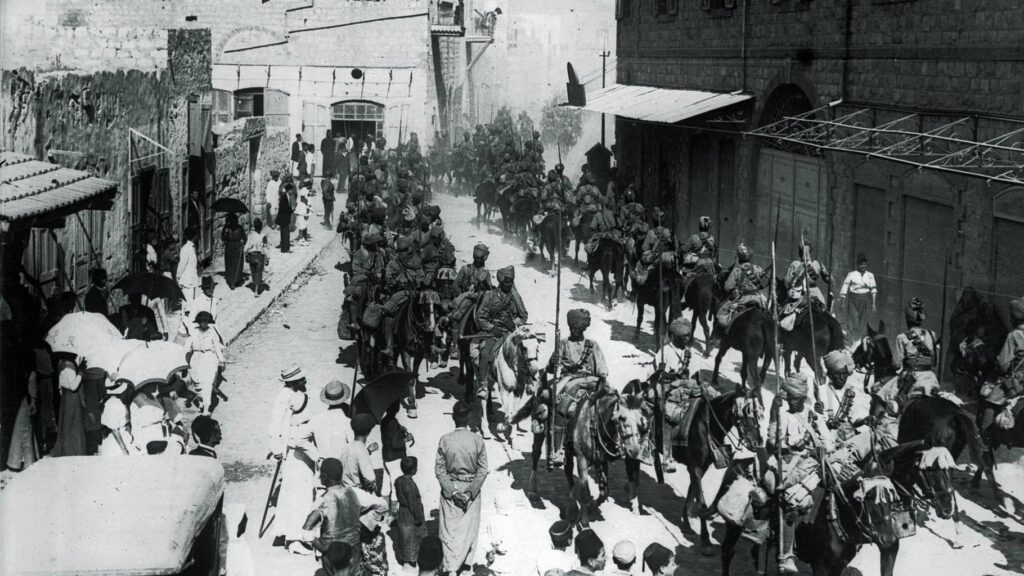
After the battle the British occupied the territories of Iraq, Palestine, Syria etc.
The 61st Cavalry (successor of the 15th Imperial Service) celebrates 23rd September as Haifa Day (Raising Day).
